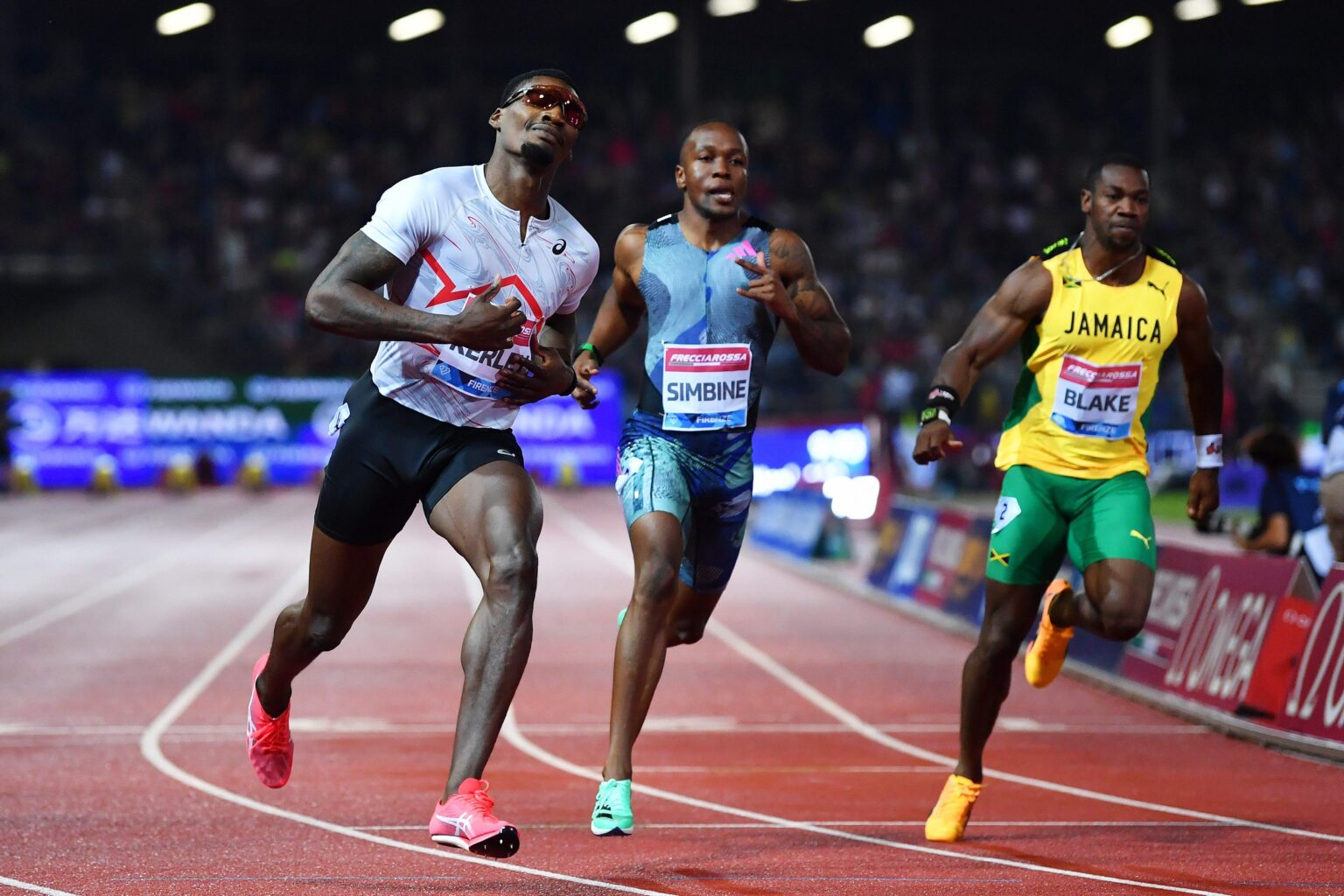At the World Athletics Championships, British hopes suffered a double blow as pole vaulter Molly Caudery was forced to withdraw due to injury, and marathon runner Emile Cairess pulled out of the race. Both athletes had been considered strong contenders, and their unexpected exits have raised concerns for Team GB ahead of the intense competition. The setbacks cast uncertainty over Britain’s prospects as the championships unfold.
Molly Caudery’s Pole Vault Hopes Dashed by Injury at World Athletics Championships
In a heartbreaking turn of events at the World Athletics Championships, British pole vaulter Molly Caudery was forced to withdraw from the competition due to an unexpected injury sustained during warm-ups. The promising athlete, who had been otherwise in excellent form this season, faced a torn calf muscle that abruptly ended her medal hopes. The injury not only dashed her personal aspirations but also left her supporters devastated as she had been seen as a strong contender for podium placement.
Meanwhile, the marathon event also saw a significant setback with Emile Cairess pulling out shortly before the start, citing an injury that prevented him from competing. His withdrawal echoes the challenges many athletes have faced this season with fitness and health issues impacting performances across the board.
- Molly Caudery: Calf injury, withdrew pre-competition
- Emile Cairess: Marathon withdrawal due to fitness concerns
- Team GB Impact: Reduced medal prospects in key events
| Athlete | Event | Status | Impact |
|---|---|---|---|
| Molly Caudery | Pole Vault | Withdrawn | Lost medal chance |
| Emile Cairess | Marathon | Withdrawn | Weakened team lineup |
| Team GB | Overall | Remaining Competitors | Increased pressure |
Emile Cairess Withdraws from Marathon Amid Health Concerns
Emile Cairess, one of the most promising British long-distance runners, has withdrawn from the marathon event at the World Athletics Championships due to unexpected health issues. The decision came just hours before the race, raising concerns over his condition and future participation in upcoming competitions. Cairess, who was considered a strong medal contender, reportedly sought medical advice after experiencing severe discomfort during his final training session.
Team officials confirmed that Cairess’s withdrawal was a precautionary measure aimed at protecting his long-term health. His exit leaves a significant gap in Britain’s marathon lineup and shifts attention to other athletes vying for podium finishes. The withdrawal also highlights the physical toll elite athletes endure at major events, often pushing themselves to the brink of their capabilities.
- Event: Marathon, World Athletics Championships
- Status: Withdrawn due to health concerns
- Implications: Reduced UK medal chances in marathon
- Next steps: Focus on recovery and medical evaluation
| Runner | Status | Notes |
|---|---|---|
| Emile Cairess | Withdrawn | Health concerns |
| John Smith | Confirmed Starter | Strong form |
| Michael Johnson | Reserve | Training well |
Expert Analysis and Recovery Recommendations for Athletes Facing Mid-Competition Setbacks
Mid-competition injuries like those suffered by Molly Caudery and Emile Cairess highlight the unpredictable nature of high-stakes athletics. Immediate assessment and tailored recovery protocols are essential to minimize long-term damage and optimize return-to-play timelines. Experts emphasize the importance of rapid injury identification through on-site medical teams, followed by personalized rehabilitation plans that blend physiotherapy, strength training, and psychological support. Prioritizing controlled mobility and gradual load progression reduces the risk of reinjury, enabling athletes to regain peak condition efficiently.
To effectively address such setbacks, coaches and medical professionals recommend incorporating:
- Dynamic warm-up routines to maintain muscle elasticity and circulation during recovery phases.
- Cross-training options, such as aquatic therapy or cycling, to maintain cardiovascular fitness without stressing the injury.
- Regular biomechanical assessments to detect compensatory movements that could undermine recovery.
- Mental health strategies fostering resilience, as psychological well-being often correlates with physical recovery speed.
| Recovery Phase | Primary Focus | Recommended Approach |
|---|---|---|
| Acute | Pain & Inflammation | Rest, ice, compression, elevation (RICE) |
| Subacute | Mobility & Strength | Physical therapy & light resistance exercises |
| Chronic | Functional Strength & Conditioning | Progressive load training, sport-specific drills, and psychological readiness |
| Recovery Phase | Primary Focus | Recommended Approach |
|---|---|---|
| Acute | Pain & Inflammation | Rest, ice, compression, elevation (RICE) |
| Subacute | Mobility & Strength | Physical therapy & light resistance exercises |
| Chronic | Functional Strength & Conditioning | Progressive load training, sport-specific drills, and psychological readiness |
If you’d like, I can also help summarize or transform this content in other formats!
Future Outlook
As the World Athletics Championships continue, the setbacks faced by key competitors like Molly Caudery and Emile Cairess serve as stark reminders of the physical demands and unpredictability inherent in elite sport. While their withdrawals are a significant blow to Team GBR’s medal hopes, attention now turns to the remaining athletes who will carry the mantle in the coming days. Fans worldwide will be watching closely as the championships proceed, hopeful for moments of resilience and triumph amid the challenges.

